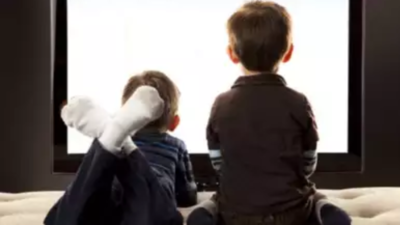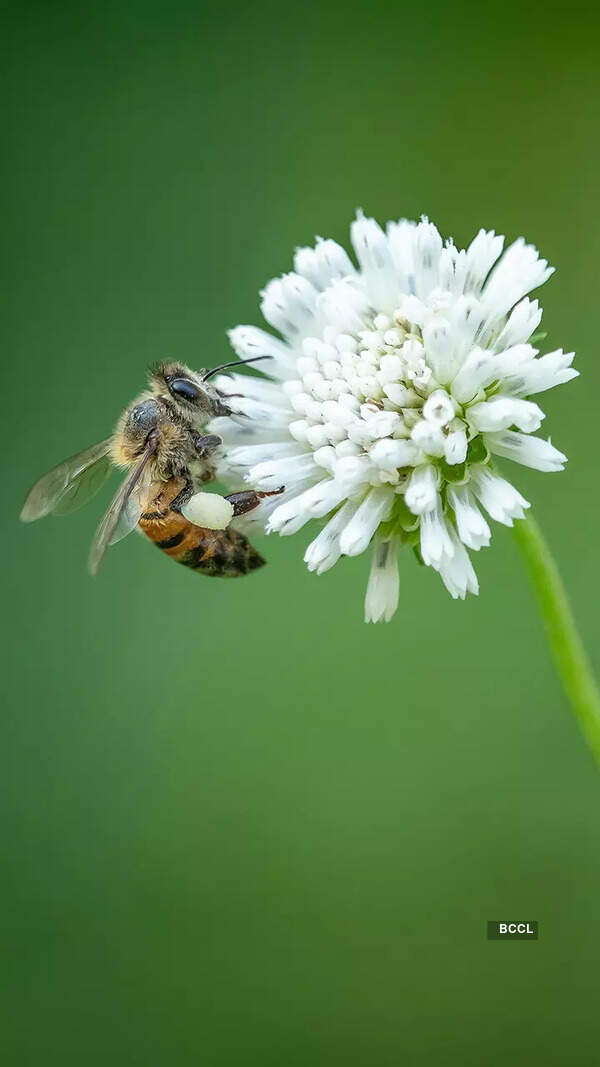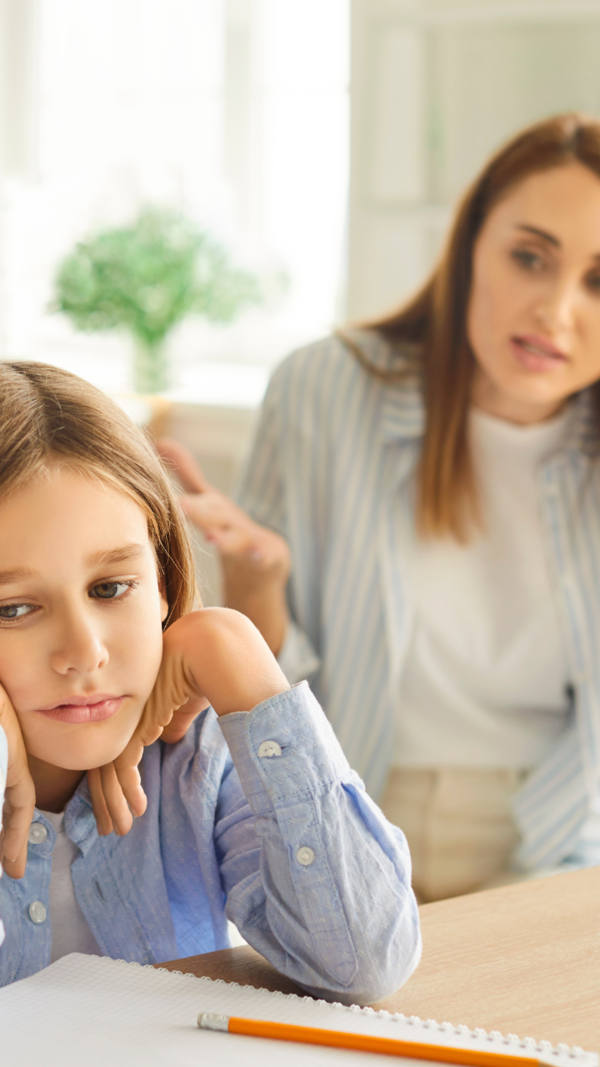- News
- City News
- kochi News
- Screen time, crime time
Trending
Screen time, crime time
Kerala faces rising youth violence, drug abuse, and cybercrime, influenced by violent cinema and social media. Digital platforms foster aggressive behavior, while easy access to explicit content affects mental health. Parental supervision and encouraging real-world experiences are crucial.
Unrestricted screens, unchecked behavior: How Kerala’s youth are paying the price
Four-year-old Abhinav watches wide-eyed as Rajinikanth lights a cigarette on the screen. “What is he doing?” he asks. His father replies, “He’s smoking. It’s bad.” Confused, Abhinav responds, “But isn’t he the hero”?
This seemingly innocent exchange reflects a growing concern: The blurring line between entertainment and reality that’s just reshaping not just perceptions but also youth behavior.
Kerala, long celebrated for its educational and social achievements, now faces an alarming increase in youth violence. School fights, gang rivalries, and brutal assaults among teenagers have become commonplace. Drug abuse among students has reached unprecedented levels, while cybercrime involving minors continues to surge.
Many blame cinema. Malayalam films have shifted from family dramas to crime thrillers filled with violence and morally ambiguous heroes. Movies like Marco, Officer on Duty, Pani, Aavesham and Rifle Club glorify brutality, with social media amplifying their impact through viral reels. Last year, several top-grossing films centered on torture and drug use, with one earning Rs 50 crore.
Studies show that 40% of crimes in Kerala involve individuals aged 18 to 25. But is cinema solely to blame? Film critic CS Venkiteswaran believes the issue runs deeper.
“I don’t think cinema is the predominant reason. Cinema, in one way, is a reflection of social reality. At the same time, it influences social behavior. Today, people engage more with TV and social media, unlike in the 80s and 90s, when cinema had a big impact on society. The mindset social media creates can be another reason. There’s no time for reflection. It’s more about reacting, irrespective of the consequences. ‘What is the other, and why was it done?’—that thought is missing. We are being consistently triggered. Mob psychology in violence is at work here.”
In the digital space, students are forming exclusive online communities on platforms like Instagram. These groups, built around shared interests, often spiral into unhealthy environments. Some promote reckless challenges for likes and validation, while others encourage aggression, turning violent confrontations into entertainment. Within these digital bubbles, reality becomes secondary. Young users detach from the consequences of their actions, living in an echo chamber of instant gratification and peer approval.
A recent school incident illustrates this danger. What began as an Instagram challenge to spot students with unbuttoned shirts escalated when Plus-Two boys violently attacked a junior who didn’t comply. One attacker filmed the assault and shared it online, with the videos later becoming evidence when a complaint was filed.
“The Alpha and Beta generations’ brains have been rewired as neuroscientists note,” says higher secondary academician Jyotsna P Kadayapurath. “They’re accustomed to fast-paced visuals, making slow content unappealing. The Covid-19 lockdown exacerbated this shift, affecting their social bonds.”
Many students now struggle with information overload and diminished attention spans. Their formative years dominated by mobile phones have created a generation seeking instant gratification. As a literature teacher, Kadayapurath observes students losing interest in storytelling, demanding only the ‘point.’ Even celebrations have become mere opportunities for creating social media content.
Unrestricted access to explicit content represents another growing concern. A Plus-One student recently confessed during counselling that she could no longer view men outside a sexual context. What began as curiosity had evolved into a dependency affecting her interactions, studies, and mental health—a direct result of unrestricted internet access and minimal parental supervision.
IT professional Lithesh Pulikool stresses parental responsibility: “I haven’t given my children mobile phones in our absence. My eight-year-old daughter only watches content with parental control. She feels isolated because her classmates are on WhatsApp and online games, but I’m okay with the peer pressure. Parents need to step up. We must monitor and guide them firmly.” Venkiteswaran points out that violence has become a spectacle, and people are enjoying it. Earlier, cinema depicted violence with context. Now, it’s done for its own sake driven by a pent-up rage within Keralites.
In his opinion, social media plays a major role in this. It fuels desires for an unattainable life—the feeling of ‘what could have been’ or ‘a missed opportunity.’ Everything appears like a lost chance, creating frustration that manifests as violence. Rather than reflecting on its root cause, we are merely indulging in the violence and assigning blame, he says.
A study by Indian Pediatrics reveals children now spend 3-6 hours daily consuming digital content, increasing exposure to violent imagery and normalizing aggression.
“We must explore art beyond instant gratification, considering its deeper therapeutic potential,” says Devendranath Sankaranarayanan, performance researcher. “Children are drifting away from nature, caught in a screen-dominated world. If we don’t act, they will grow up consuming without thinking, reacting without understanding, and living in a space shaped by algorithms. This isn’t their fault. It’s the world we’ve built.
Change starts with us. If we break free, we can help our children rediscover real experiences, creativity, and the world beyond the screen.”
End of Article
FOLLOW US ON SOCIAL MEDIA









